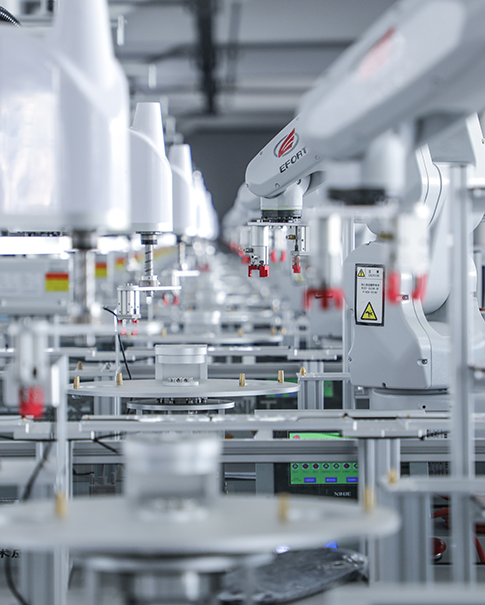When Bentley Nevada announced the integration of its System 1™ plant asset management software with MRO Software's MAXIMO® in 2003, it marked a turning point for industrial maintenance strategies. This wasn't just another software update - it represented a fundamental shift in how plants could manage their critical equipment. The marriage of System 1's sophisticated condition monitoring capabilities with MAXIMO's comprehensive maintenance management created something greater than the sum of its parts. Suddenly, maintenance teams could transition from reactive firefighting to truly predictive operations. The bidirectional interface meant condition-based alerts could automatically generate work orders, while maintenance histories could inform diagnostic processes - all without manual data entry or risky assumptions.
The magic of this integration lies in its ability to close the loop between equipment monitoring and maintenance execution. Consider how this plays out in a real-world scenario:
A vibration analyst reviewing System 1 data notices developing bearing wear on a critical compressor. Instead of filing a report and hoping maintenance sees it in time, the system automatically generates a MAXIMO work order with all relevant condition data attached. The maintenance planner receives not just a trouble ticket, but a complete diagnostic package including:
Historical vibration trends
Recommended repair procedures
Links to OEM documentation
Parts requirements from the inventory system
Meanwhile, technicians in the field can access MAXIMO work orders directly through the System 1 interface, seeing both the current condition data and the complete maintenance history. This eliminates the old problem of technicians working with incomplete information, where they might replace the wrong component or miss underlying issues.
Plants implementing this integrated approach quickly realized benefits that went far beyond simple convenience:
1. Dramatic Reduction in Unplanned Downtime
By tying condition monitoring directly to the maintenance system, problems could be addressed before they caused failures. One refinery reported a 40% drop in emergency work orders within the first year.
2. Optimized Maintenance Spending
The integration allowed maintenance to be precisely timed - not too early (wasting resources) or too late (risking failure). A paper mill saved $250,000 annually by eliminating unnecessary calendar-based maintenance on rotating equipment.
3. Improved Mean Time to Repair (MTTR)
With all relevant information available in both systems, troubleshooting became faster and more accurate. Field technicians could immediately see if a pump had similar vibration issues six months prior, helping identify root causes.
4. Enhanced Regulatory Compliance
The audit trail created by the integrated system made it easy to demonstrate proper maintenance practices to regulators, particularly important in industries like pharmaceuticals and nuclear power.
While introduced nearly two decades ago, the System 1-MAXIMO integration pioneered concepts that remain at the heart of modern Industry 4.0 strategies. The same principles of connected systems and data-driven maintenance now form the foundation for:
Predictive maintenance powered by AI and machine learning
Digital twin implementations
Industrial IoT ecosystems
Many current asset performance management solutions still follow the blueprint established by this integration - proving the vision of Bentley Nevada and MRO Software was years ahead of its time.
The success of this integration offers several important takeaways for organizations implementing modern asset management solutions:
1. Data Integration Beats Standalone Excellence
The most sophisticated condition monitoring has limited value if it doesn't connect to maintenance execution. True transformation happens when data flows seamlessly between systems.
2. User Experience Matters at All Levels
By allowing field technicians to access condition data and maintenance planners to see equipment health, the solution improved decision-making across the organization.
3. Cultural Change Follows Technical Enablement
The integration helped shift organizations from time-based to condition-based maintenance because it made the better approach easier to implement than the old way.
The System 1 and MAXIMO integration stands as a landmark achievement in industrial asset management. More than just a technical milestone, it demonstrated how breaking down information silos could create transformative operational improvements. Today, as industries embrace even more advanced technologies, the core lessons from this integration remain vital. The most sophisticated AI algorithms and IoT sensors still need to connect effectively to maintenance execution systems to deliver real value. In this way, the System 1-MAXIMO integration didn't just solve 2003's maintenance challenges - it laid the groundwork for solving tomorrow's as well. For organizations looking to modernize their asset management approach, understanding this integration provides valuable perspective. True digital transformation isn't about chasing the latest buzzwords, but about creating meaningful connections between critical systems - something Bentley Nevada and MRO Software demonstrated nearly 20 years ago.
 Network Supported
Network Supported